10 Spicy Secrets from North Africa: A Cultural Flavor Tour You Can’t Miss!
Table of Contents
- Introduction: The Spice Heart of North Africa
- A Legacy Seasoned in Time
- Top 7 Must-Know Spices from North Africa
- Spices in Action: Signature Dishes & Rituals
- Buying Guide: Choosing Authentic North African Spices
- How to Use These Flavors at Home
- Conclusion: Bringing North Africa to Your Kitchen
Introduction: The Spice Heart of North Africa
When you think of North Africa, what comes to mind? Maybe it’s the golden dunes of Morocco, the bustling markets of Tunisia, or the hypnotic rhythms of Algerian music. But behind those iconic images lies another story — one told through flavor.
North Africa is not just a geographical region; it's a culinary crossroads where Berber, Arab, Ottoman, and Mediterranean influences blend seamlessly into every bite. At the heart of this vibrant food culture are spices — bold, fragrant, and deeply rooted in tradition.
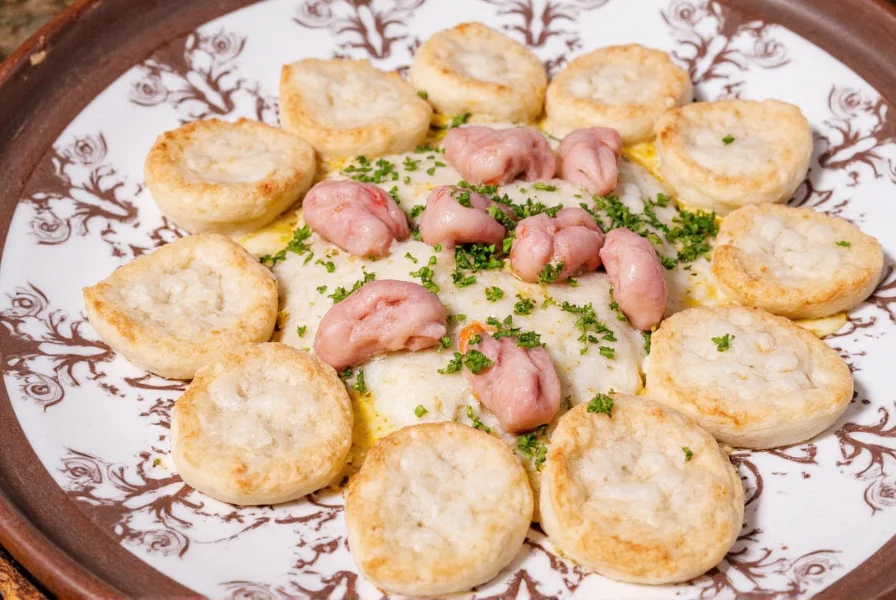
A Legacy Seasoned in Time
Spices in North Africa aren’t just about taste — they're woven into daily life, rituals, and even medicine. From the souks of Marrakech to the coastal towns of Libya, spice blending is an art form passed down through generations.
The history of North African spice culture stretches back thousands of years. Traders along the ancient Silk Road and across the Sahara brought saffron, cinnamon, cumin, and coriander into the region, while indigenous ingredients like harissa peppers and preserved lemons gave local cuisine its distinctive character.
Each country has its own signature blends and flavor profiles, but all share a deep respect for the power of spices to transform the ordinary into the extraordinary.
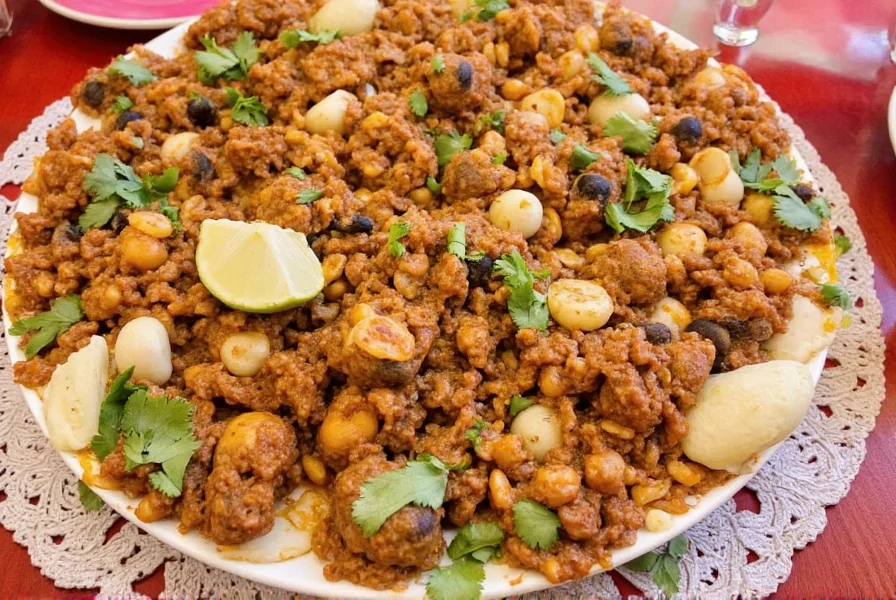
Top 7 Must-Know Spices from North Africa
Ready to spice up your kitchen the North African way? Here’s a list of the most essential flavors you should know — and how to use them like a pro.
| Spice | Origin | Flavor Profile | Best For |
|---|---|---|---|
| Ras el Hanout | Morocco | Earthy, floral, smoky | Tagines, lamb, couscous |
| Harissa | Tunisia | Fiery, garlicky, smoky | Stews, dips, marinades |
| Cumin | All over North Africa | Warm, nutty, earthy | Meat dishes, legumes |
| Paprika | Algeria/Tunisia | Sweet, mild, colorful | Garnishing, stews |
| Saffron | Morocco/Libya | Luxurious, floral, metallic | Festive rice dishes |
| Coriander | Egypt/Morocco | Citrusy, warm, herbal | Vegetable dishes, pastes |
| Ginger | Morocco | Spicy-sweet, zesty | Desserts, tagines |
Ras el Hanout – The Sultan of Spice Blends
This legendary Moroccan mix can contain anywhere from 10 to 30 different spices. Translating to “top of the shop,” Ras el Hanout was traditionally made by master spice vendors using their finest ingredients. It’s perfect for slow-cooked meats and adds layers of depth to any dish.
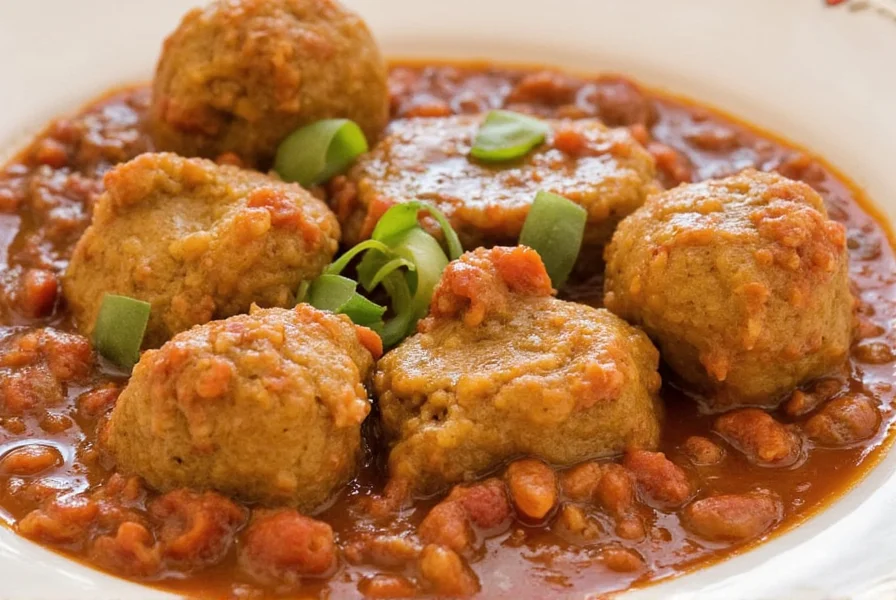
Harissa – The Firestarter
A fiery paste made from roasted red peppers, garlic, and spices (often including caraway and cumin), Harissa is the heartbeat of Tunisian cuisine. Whether you buy it ready-made or whip it up yourself, a spoonful can elevate everything from scrambled eggs to grilled fish.
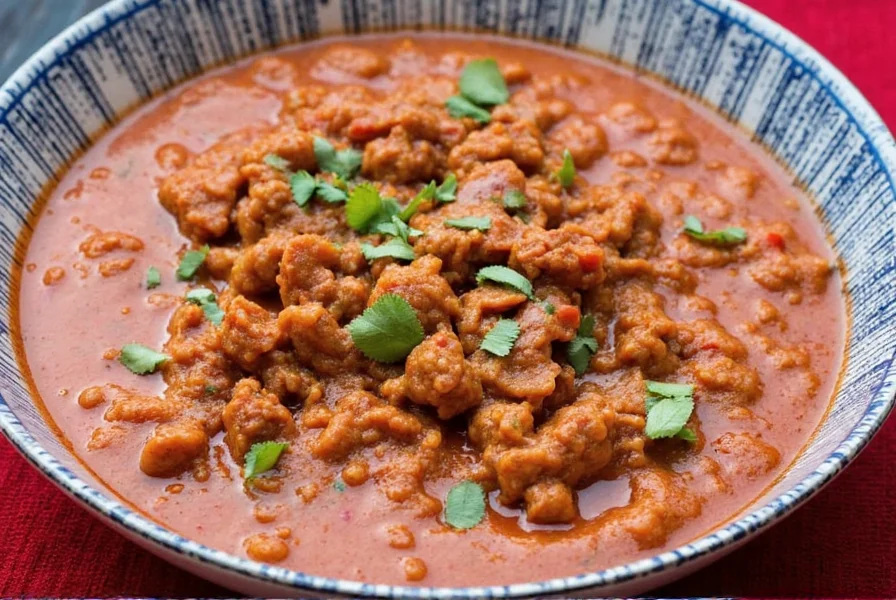
Cumin – The Everyday Hero
No pantry is complete without cumin. Its earthy warmth makes it indispensable in North African cooking, especially when paired with coriander or chili. Try it in lentil soups, kebabs, or even roasted vegetables.
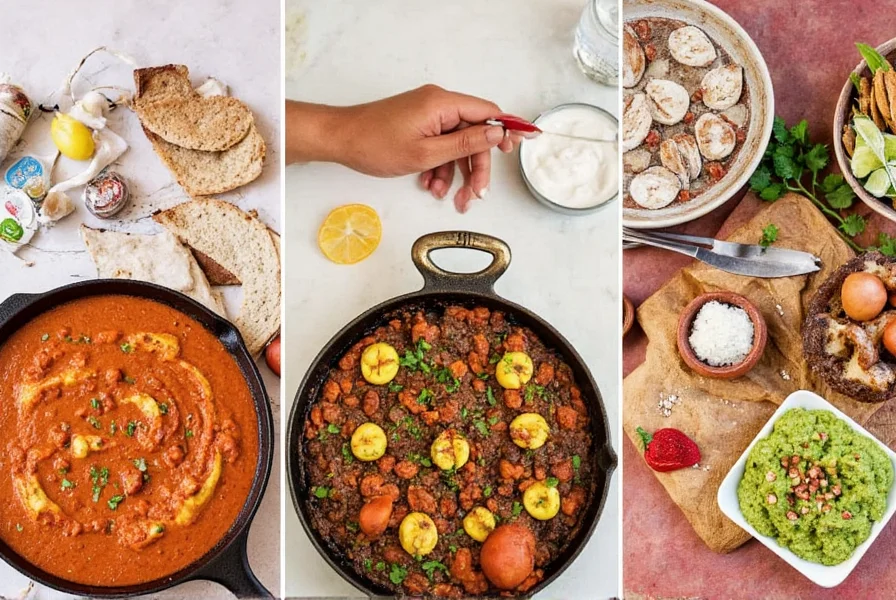
Spices in Action: Signature Dishes & Rituals
North African cuisine isn't just about individual spices — it's about how they come together to create unforgettable flavor experiences. Let’s explore some classic dishes and rituals that celebrate these aromatics:
- Tagine: Slow-cooked stew flavored with Ras el Hanout, ginger, and dried fruits. Served with fluffy couscous, it’s comfort food with a twist.
- Couscous: Often dressed with turmeric, cumin, and paprika, this staple grain is more than a side dish — it’s a Sunday tradition in many homes.
- Chermoula: A vibrant marinade made with coriander, cumin, garlic, lemon, and chili — perfect for seafood lovers.
- Tea Rituals: Mint tea infused with green tea leaves, fresh mint, and a dash of ginger or cinnamon — a symbol of hospitality across the Maghreb.
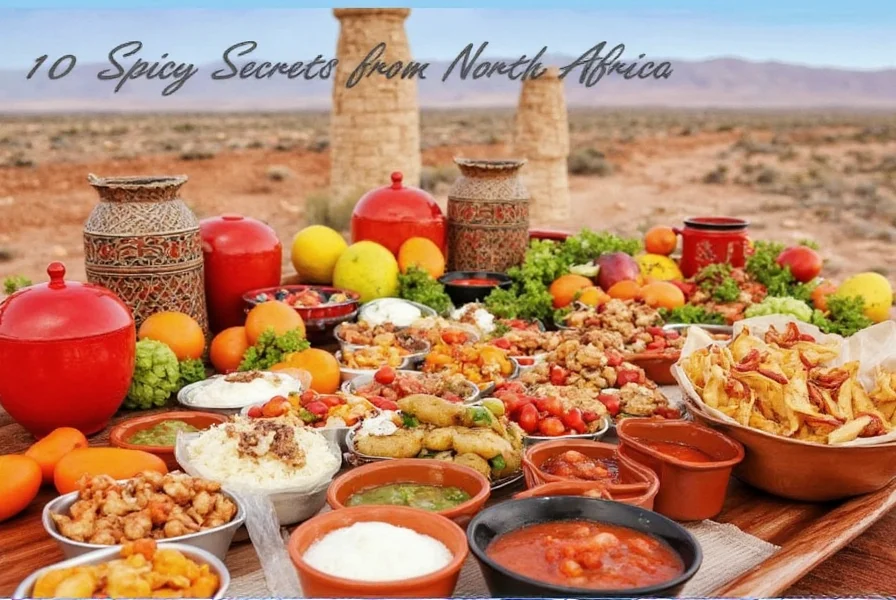
Buying Guide: Choosing Authentic North African Spices
Want to bring the soul of North Africa into your kitchen? Here’s how to choose quality spices and blends that pack a punch — and stay true to tradition.
What to Look For
- Freshness: Ground spices lose potency quickly. Always check the packaging date or opt for small-batch artisanal brands.
- Ingredients: Avoid fillers like starch or preservatives. True Ras el Hanout shouldn’t have anything artificial.
- Source: Brands that work directly with cooperatives in Morocco or Tunisia often offer superior quality and support local communities.
Top Recommended Products
| Product | Features | Advantages | Use Cases | Occasions |
|---|---|---|---|---|
| Zafrane Ras el Hanout | Hand-blended in Marrakech with 18 natural spices | Rich aroma, balanced heat, versatile | Grilled chicken, vegetable tagine, spiced couscous | Family dinners, dinner parties, meal prep |
| FireRoot Tunisian Harissa | Smoked chili, garlic, olive oil base | Intense flavor, smooth texture | Spreading on flatbread, mixing into hummus, marinating fish | Cookouts, breakfast bowls, quick meals |
| EarthBliss Organic Cumin | 100% pure ground cumin, USDA certified | Strong aroma, long shelf life | Spicing up beans, soups, or roasted veggies | Everyday cooking, healthy meals |
How to Use These Flavors at Home
You don’t need a full spice rack or a tagine pot to enjoy North African cuisine. With a few tricks up your sleeve, you can bring these flavors into your everyday meals:
- Toast First: Dry-toasting whole spices before grinding enhances their aroma. Just toss them in a pan for a minute or two until fragrant.
- Layer the Flavors: Start with onions and garlic, then add spices early in cooking so they infuse the oil and build depth.
- Don’t Overdo It: North African spices are powerful but balanced. Less can be more when you’re first experimenting.
- Mix It Up: Create your own custom blends. Try combining cumin, coriander, smoked paprika, and a pinch of cinnamon for a DIY Ras el Hanout.
- Pair with Citrus: Brighten up rich spice blends with lemon juice or zest. It’s a game-changer.
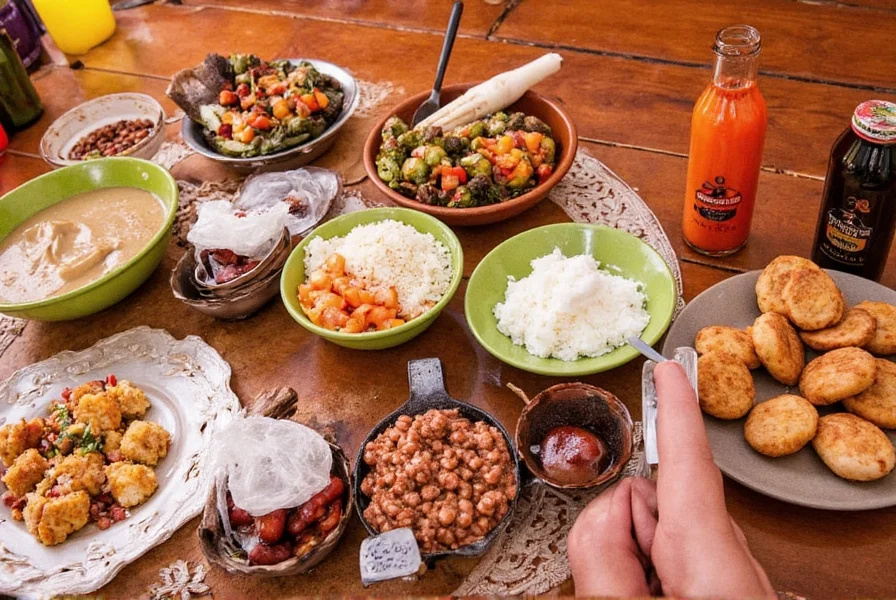
Conclusion: Bringing North Africa to Your Kitchen
North Africa is a land of contrasts — arid deserts and lush oases, ancient traditions and modern twists. And nowhere is this duality more apparent than in its cuisine.
By embracing the spices of North Africa, you're not just adding flavor — you're inviting centuries of history, culture, and community into your home. Whether you're grilling up lamb chops with Ras el Hanout or drizzling Harissa over roasted squash, each bite tells a story.
So go ahead — open that spice jar, light that burner, and let the scents of North Africa transport you to a world where every meal is a celebration.












 浙公网安备
33010002000092号
浙公网安备
33010002000092号 浙B2-20120091-4
浙B2-20120091-4